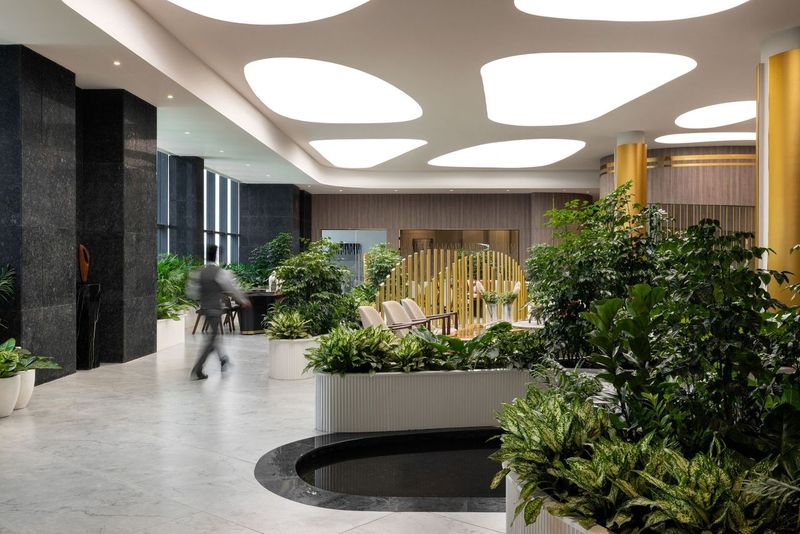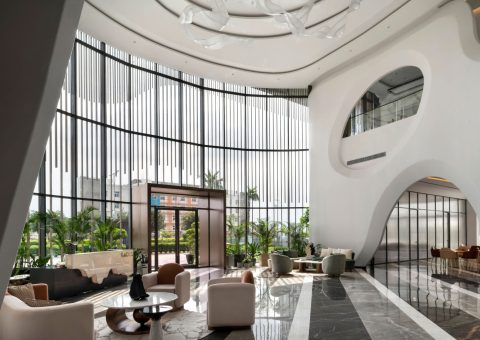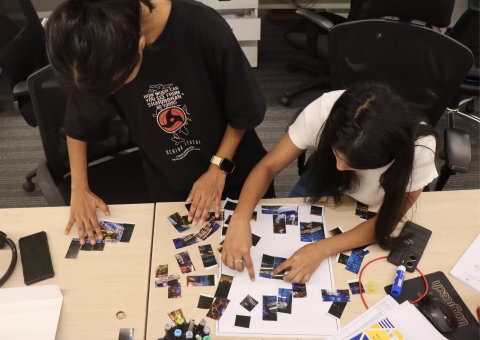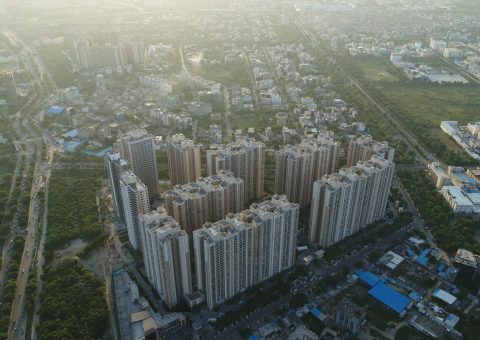Design Trends for 2025: Shaping the Future of Architecture
Design Trends for 2025: Shaping the Future of Architecture
Design is ever-evolving, and there is no limit to architectural innovation. The past years have seen an increasing number of firms commit to sustainability, creative excellence, and cultural sensitivity as part of their design process. The zeitgeist is a pursuit of design that not only meets the functional requirements but also inspires and connects with people. While trends may come and go, it is up to a conscious designer to guide them into net-positive actionable insights and adopt them.

Sustainability and Biophilic Design
Now, in 2025, the architecture and design fields are poised for significant transformation. Designers are increasingly focused on sustainability, smart technologies, and human-centric design while maintaining aesthetic excellence. With India’s rapid urbanisation, there is a growing demand for buildings that reduce energy consumption and carbon footprints, while creating inspiring environments that enhance well-being. This emphasis naturally converges with biophilic design, as incorporating natural elements—such as abundant greenery, water features, and optimised natural light—not only improves air quality but also creates a deeper connection between occupants and nature. Projects across the country now feature these elements, further supported by eco-friendly materials and passive cooling techniques that lower energy usage and enhance comfort.
Smart Technologies and Adaptive Materials
With AI coming to the forefront with recent technological advancements, the adoption of smart technologies is becoming increasingly necessary. AI-driven design tools and advanced BIM systems now enable rapid iteration and real-time optimisation of layouts, materials, and performance. By automating routine tasks and providing data-driven insights, these technologies allow architects to focus on creative and strategic design aspects. Additionally, smart and responsive materials and designs are emerging, with innovations in materials science leading to buildings that can react to their environment. Examples include self-healing concrete and façades that adjust dynamically to changes in climate—expanding the scope of what’s possible. These advancements mark a shift from passive design to adaptive intelligence, redefining sustainability in architecture.
Inclusivity and the Future of Urban Living
Inclusivity and adaptability remain central as designers develop flexible spaces that cater to diverse user needs, paving the way for resilient, efficient urban environments. These trends promise to reshape the urban landscape, creating spaces that are sustainable, efficient, and deeply connected to both nature and the people who inhabit them. In 2025, accelerated growth in architecture and design is anticipated as new technologies and innovative approaches redefine the future of urban living.



